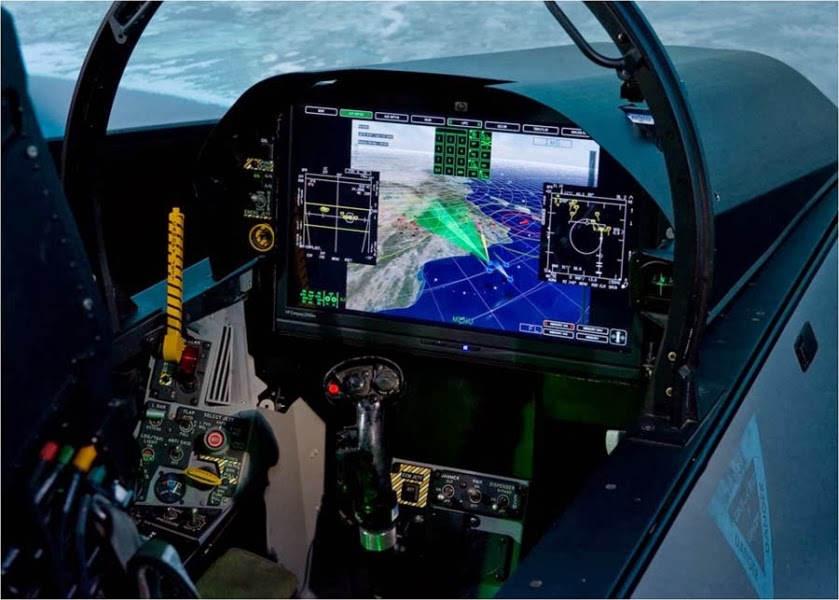
All subsystems and avionics are brought on line and built-in testing checks are made. There are only three steps to take the F-22 from cold metal and composites to full-up airplane ready for takeoff: The pilot places the battery switch 'on,' places the auxiliary power unit switch momentarily to 'start' and then places both throttles in 'idle.' The engines start sequentially right to left and the auxiliary power unit then shuts down. The idea is to relieve pilots of the bulk of system manipulations associated with flying and allow them to do what a human does best - be a tactician.Īircraft startup and taxi are excellent examples of harnessing the power of the computer to eliminate workload.

Using the power of the onboard computers, coupled with the extensive maintenance diagnostics built into the F-22 by the maintainers, that workload has been significantly reduced. The F-22 cockpit lets the pilot do what humans do best, and it fully utilizes the power of the computer to do what it does best. Humans are good differentiators, but they are poor integrators. The F-22's cockpit represents a revolution over current "pilot offices", as it is designed to let the pilot operate as a tactician, not a sensor operator.

While functionality is critical, the F-22's cockpit design also ensures pilot safety with an improved version of the proven ACES II ejection seat and a new pilot personal equipment and life support ensemble. The canopy is the largest piece of polycarbonate formed in the world with the largest Zone 1 (highest quality) optics for compatibility with helmet-mounted systems. It is the first baseline "night vision goggle" compatible cockpit, and it has designed-in growth capability for helmet-mounted systems. It accommodates the largest range of pilots (the central 99 percent of the Air Force pilot population) of any tactical aircraft. Its product range evolved from pioneering gliders of the 70s, the record-breaking high altitude aircraft of the 80s and 90s, to today’s leading-edge training and special mission aircraft.įor more information, visit or F-22's cockpit is one of the very first "all-glass" cockpits for tactical fighters - there are no traditional round dial, standby or dedicated gauges. Within its 38 years of history, Grob has delivered more than 3,500 aircraft that have flown over seven million hours on five continents. GROB AIRCRAFT is one of the world’s largest and most experienced composite aircraft manufacturers since 1971. Genesys Aerosystems’ Helicopter Stability Augmentation System and Autopilot (HeliSAS) adds to its extensive range of S-TEC fixed-wing autopilot solutions and brings added safety within the reach of a host of operators for whom such systems were previously too expensive and heavy. Its synthetic vision Electronic Flight Instrument System (EFIS) revolutionized safety in low-level flight operations and is now approved on more than 700 aircraft and helicopter models. Genesys Aerosystems’ avionics can be offered individually or integrated to provide an entire cockpit. GENESYS AEROSYSTEMS is a leading provider of integrated avionics systems for government and civil customers. The adaptive nature of our displays allows the G 120TP to effectively support multiple training flows.”

“The performance of the G 120TP, combined with the advanced capabilities and safety benefits of our system, makes it the ideal solution for training organizations around the world who want to downshift portions of the training curriculum by introducing students to advanced concepts in a lower-cost aircraft.

“We are proud to be part of the Grob team,” says Roger Smith, CEO of Genesys Aerosystems. The all-digital system also features open architecture to allow end-user or third-party customization for training and special missions. The avionics include synthetic vision, integrated FMS with 3D highway-in-the-sky navigation, fighter-like HUD symbology as well as conventional training instruments, integrated hazard alerting with TAWS and TCAS, integrated radio and audio management, digital flight recording, and a suite of compact, lightweight sensors. The Army will train 600 students per year in six Grob trainers. The all-digital cockpit was developed by Genesys Aerosystems for the Grob G 120TP to support advanced military training concepts. Army’s next generation fixed-wing training aircraft will be equipped with Genesys Aerosystems’ glass cockpit.


 0 kommentar(er)
0 kommentar(er)
